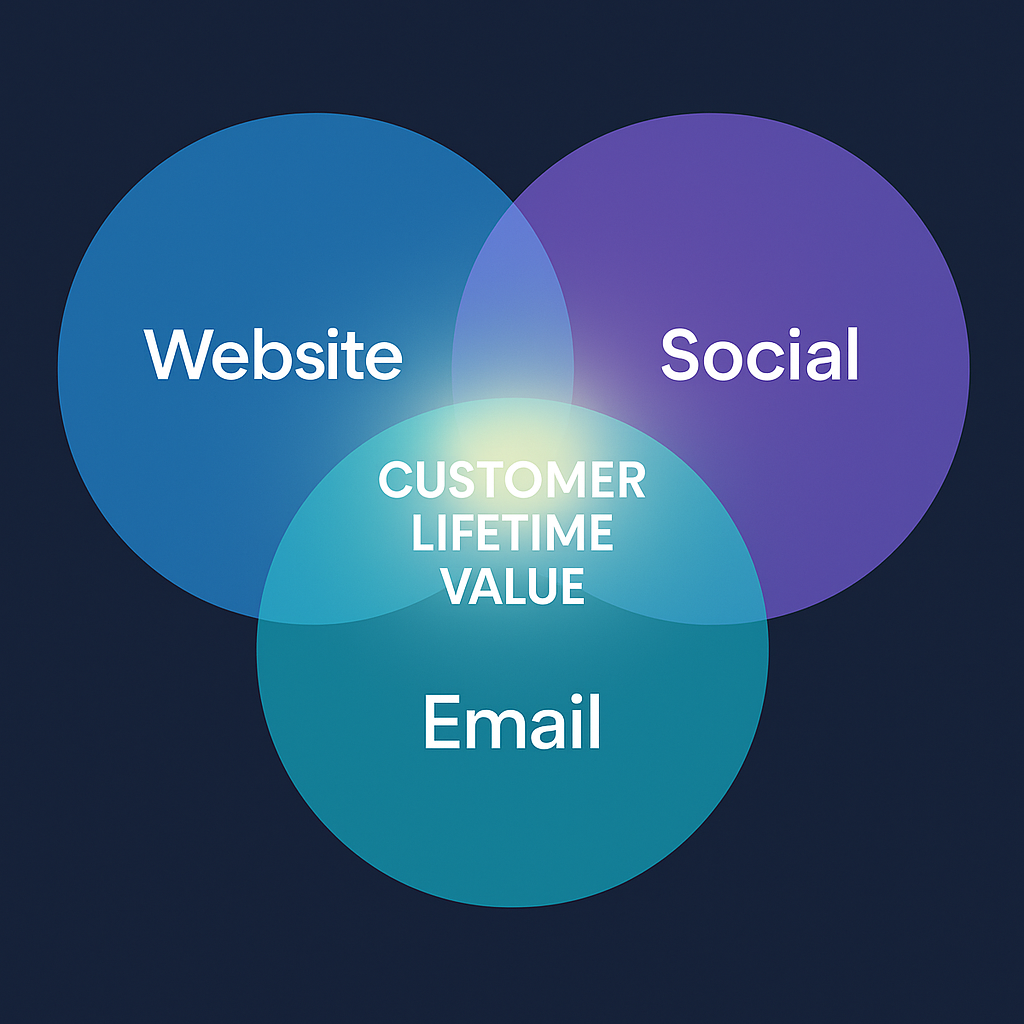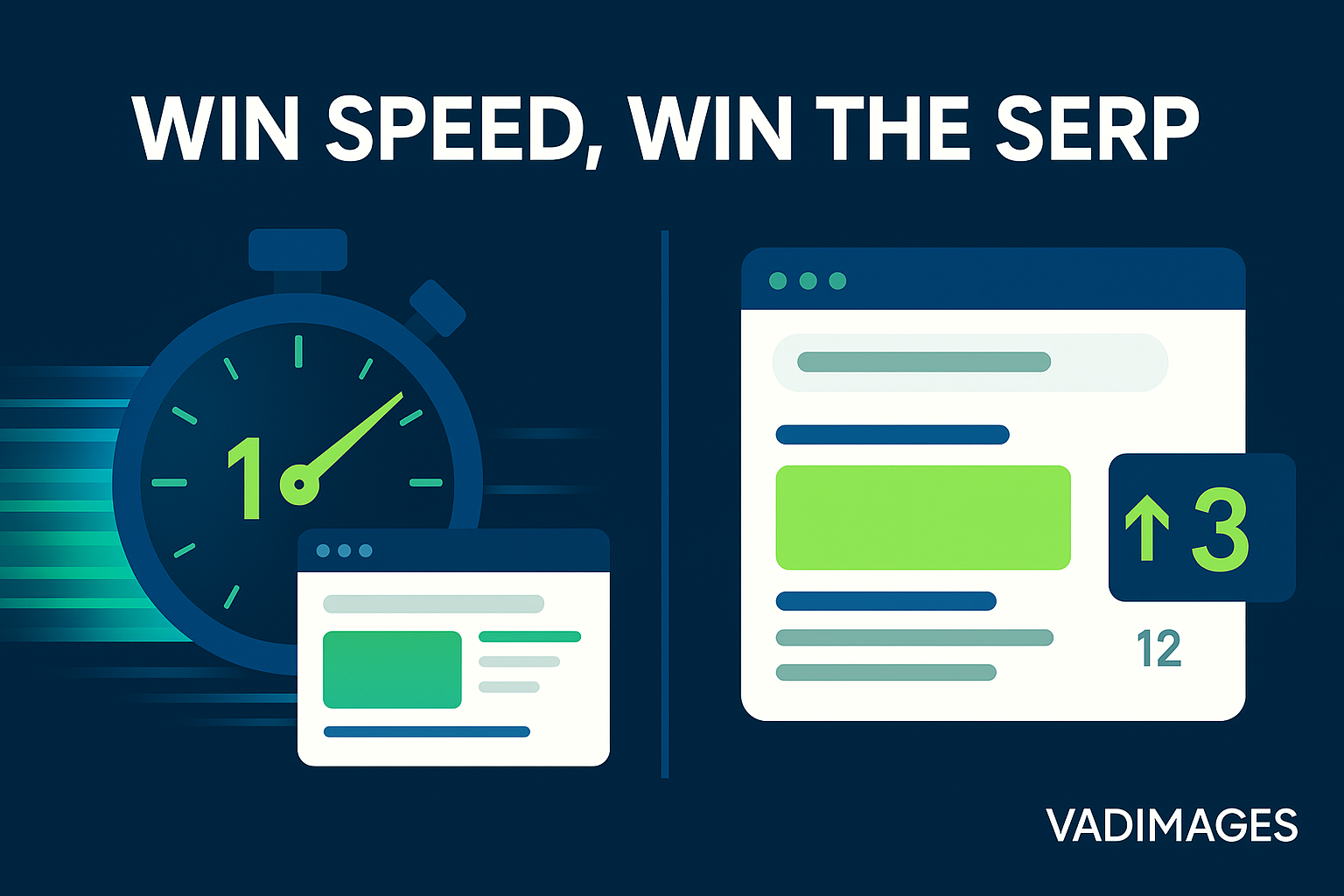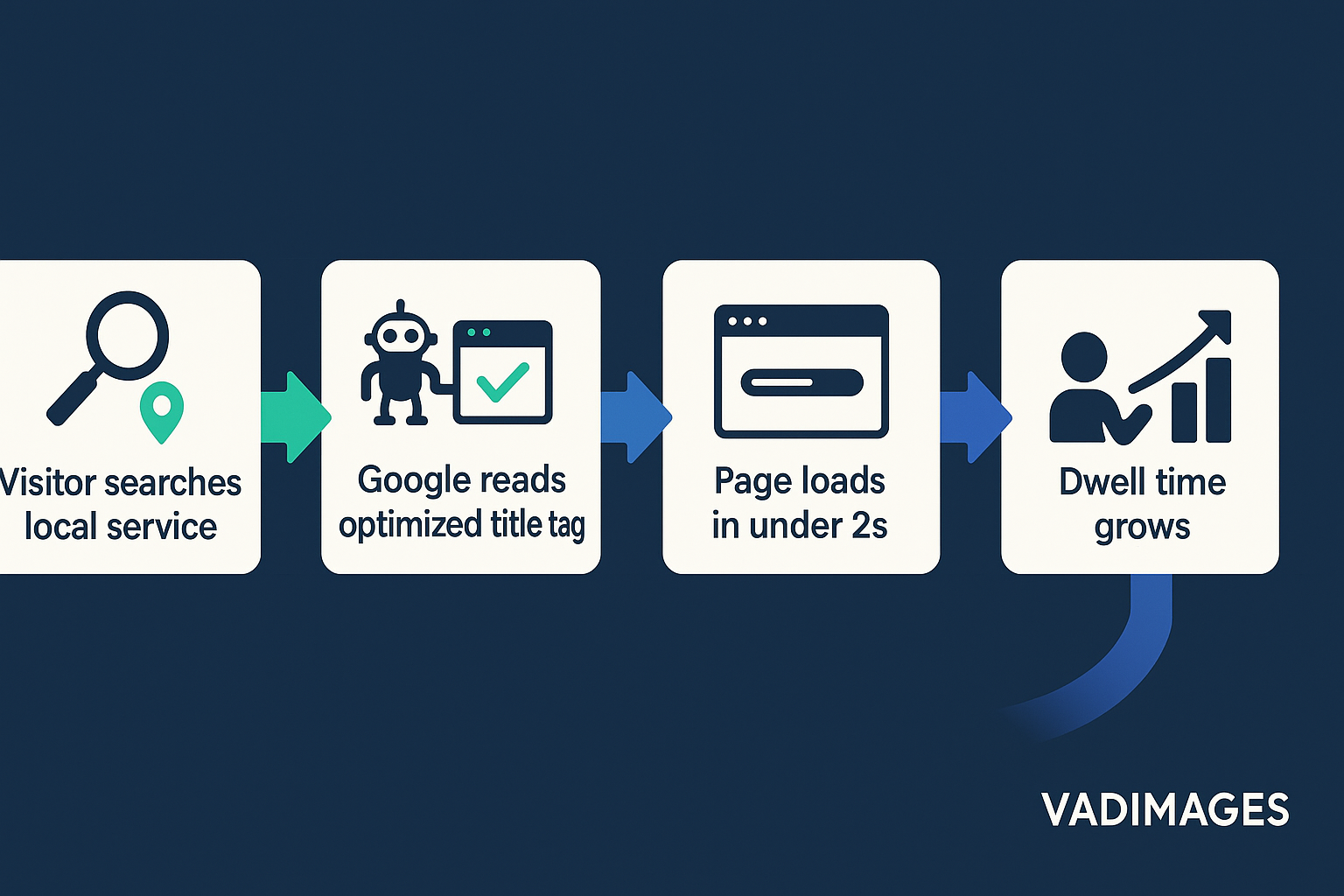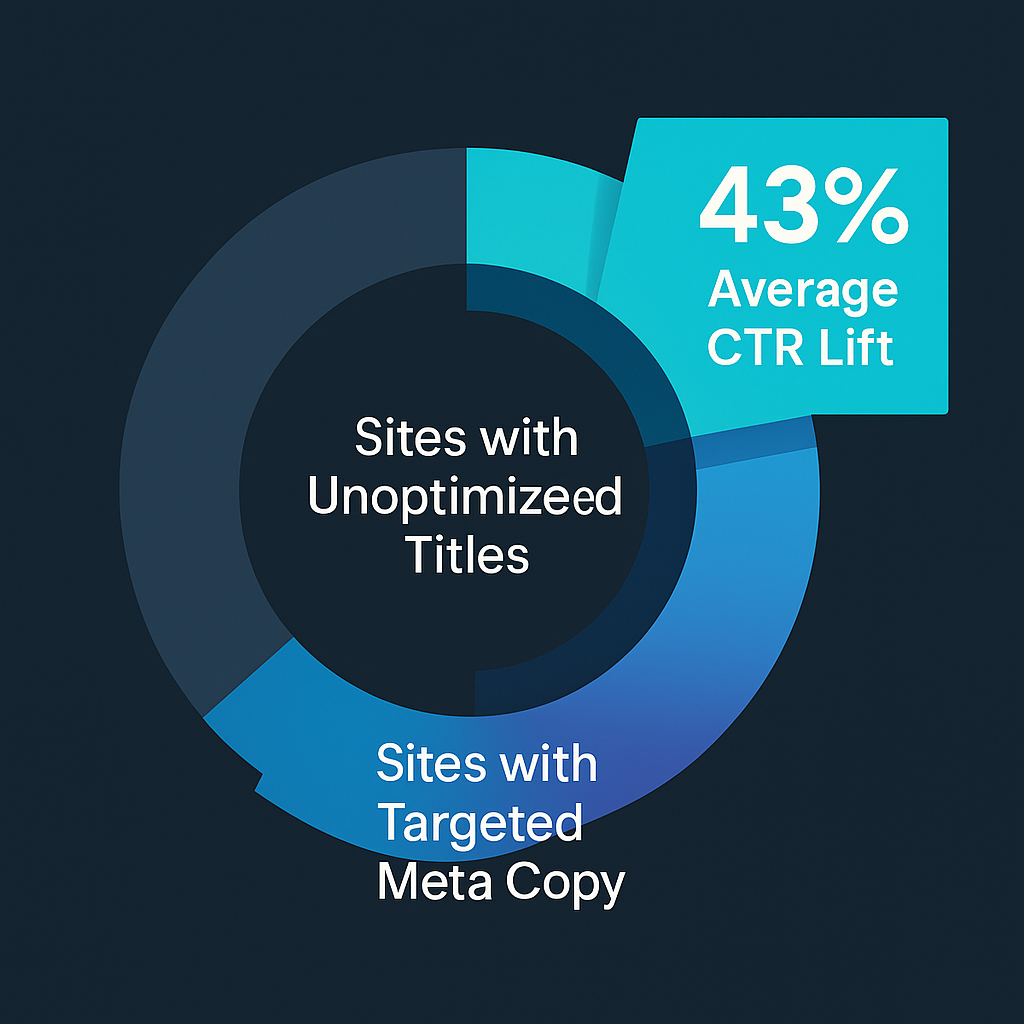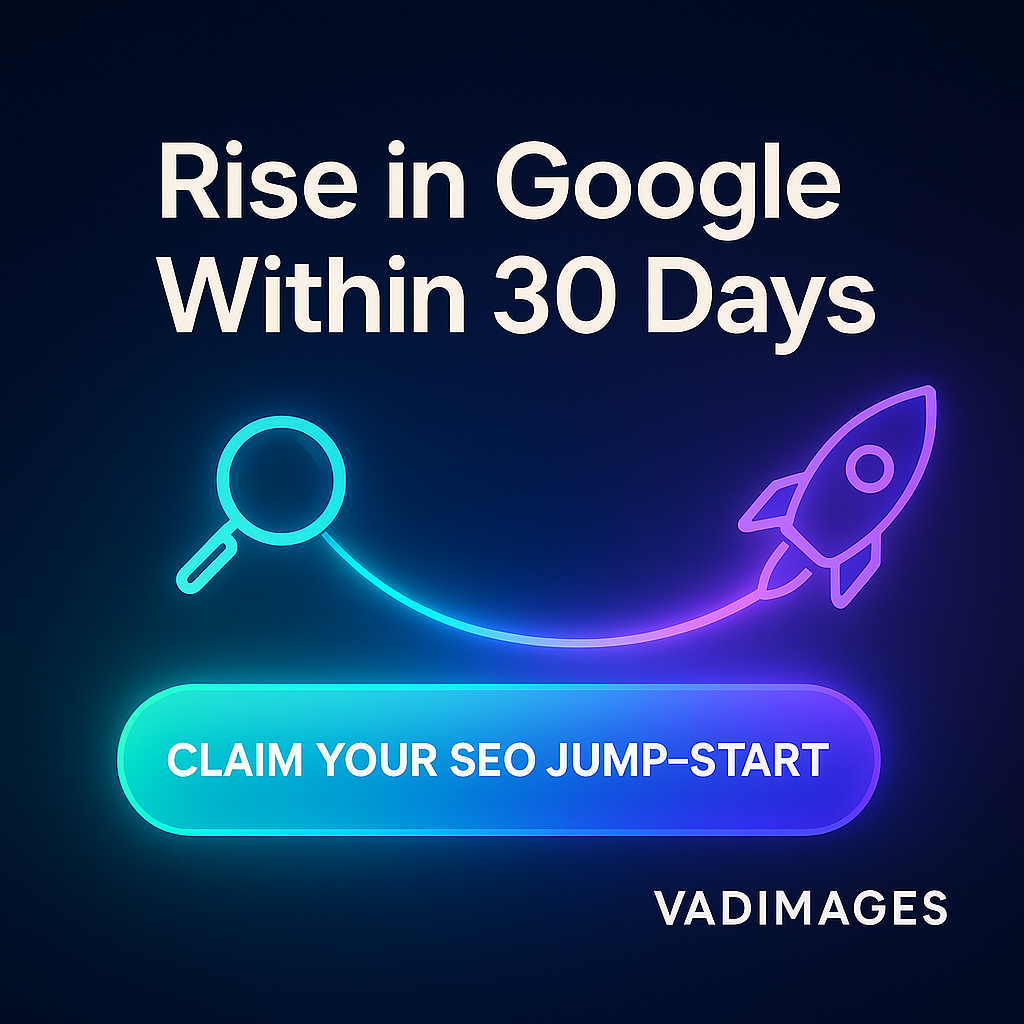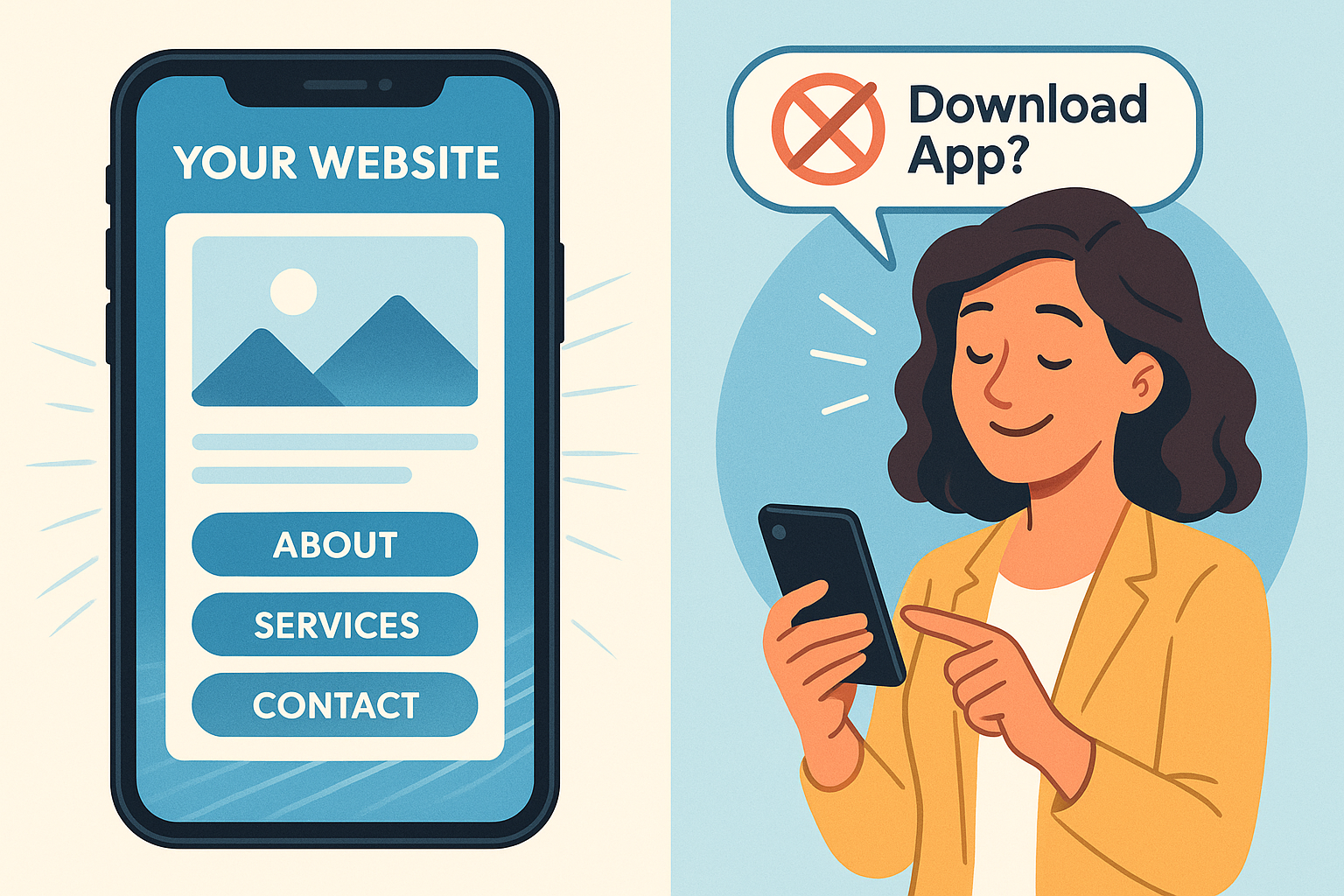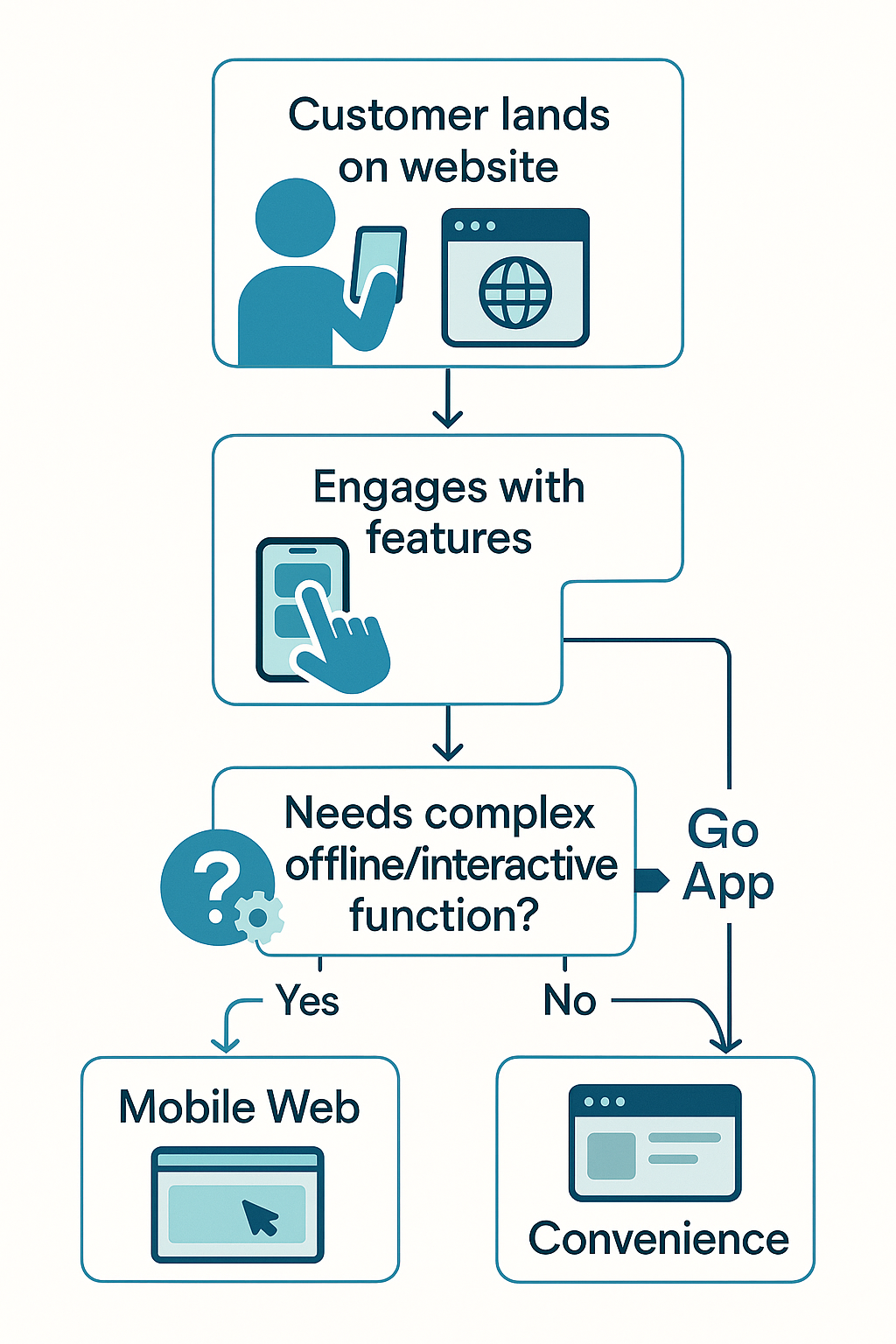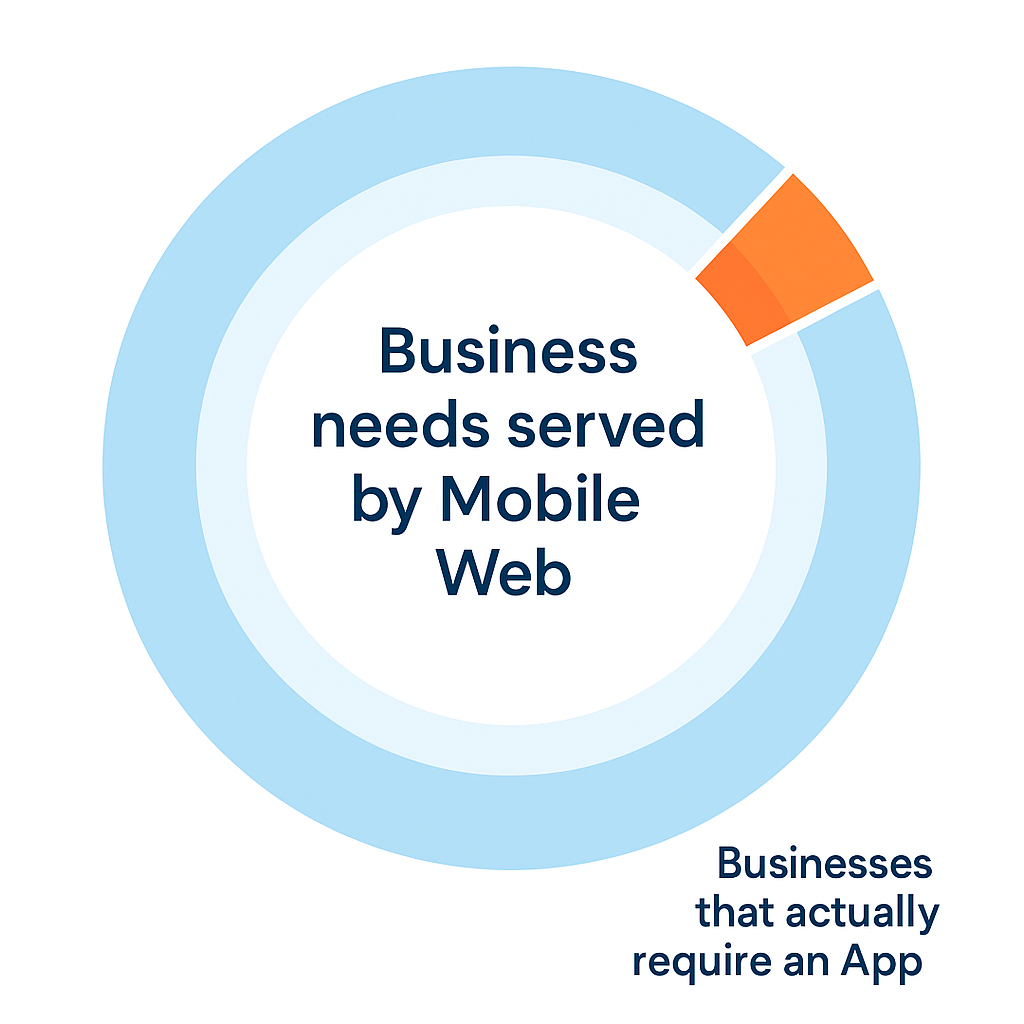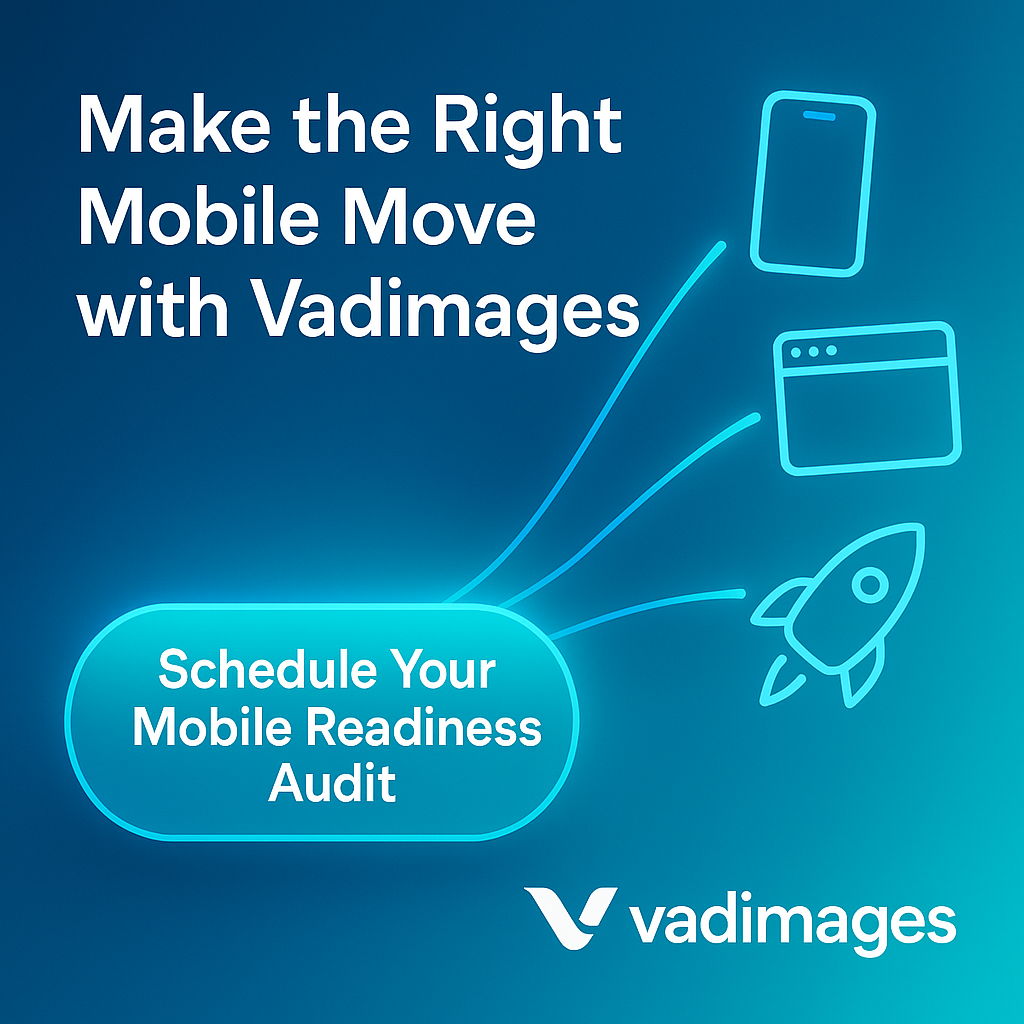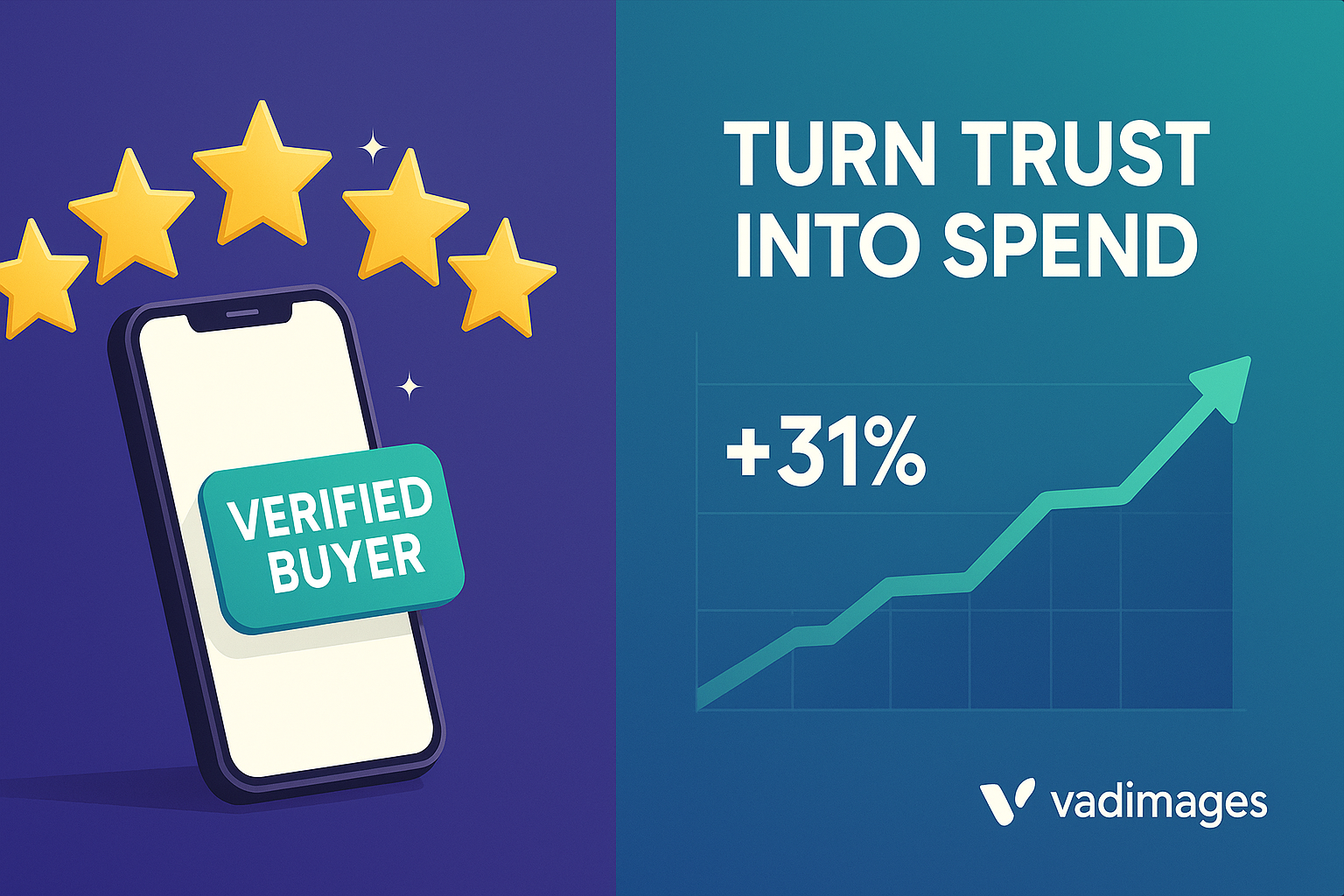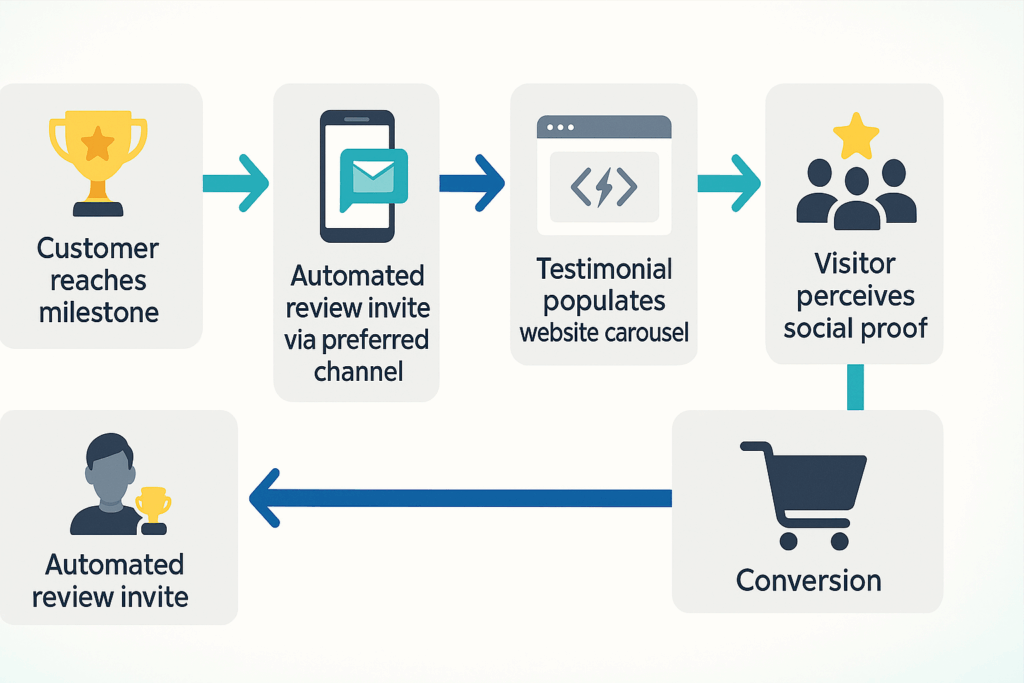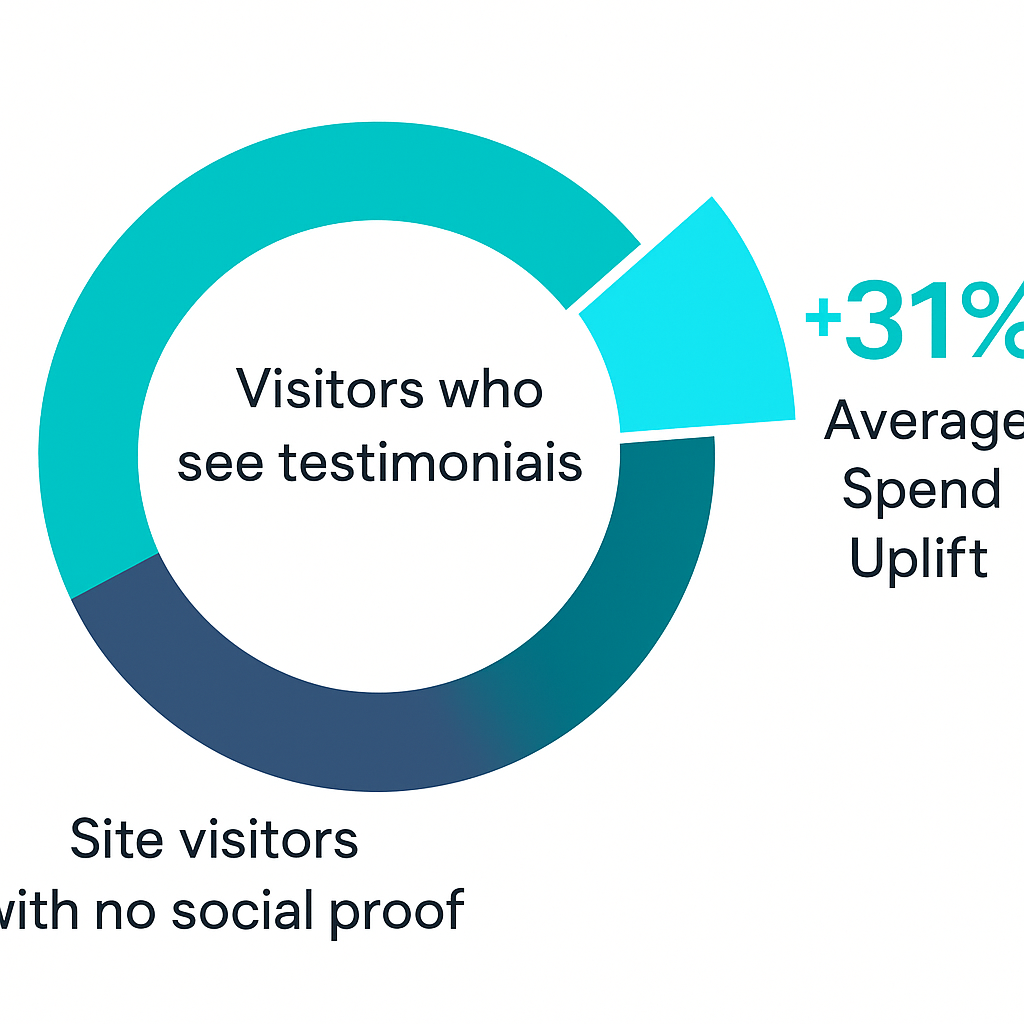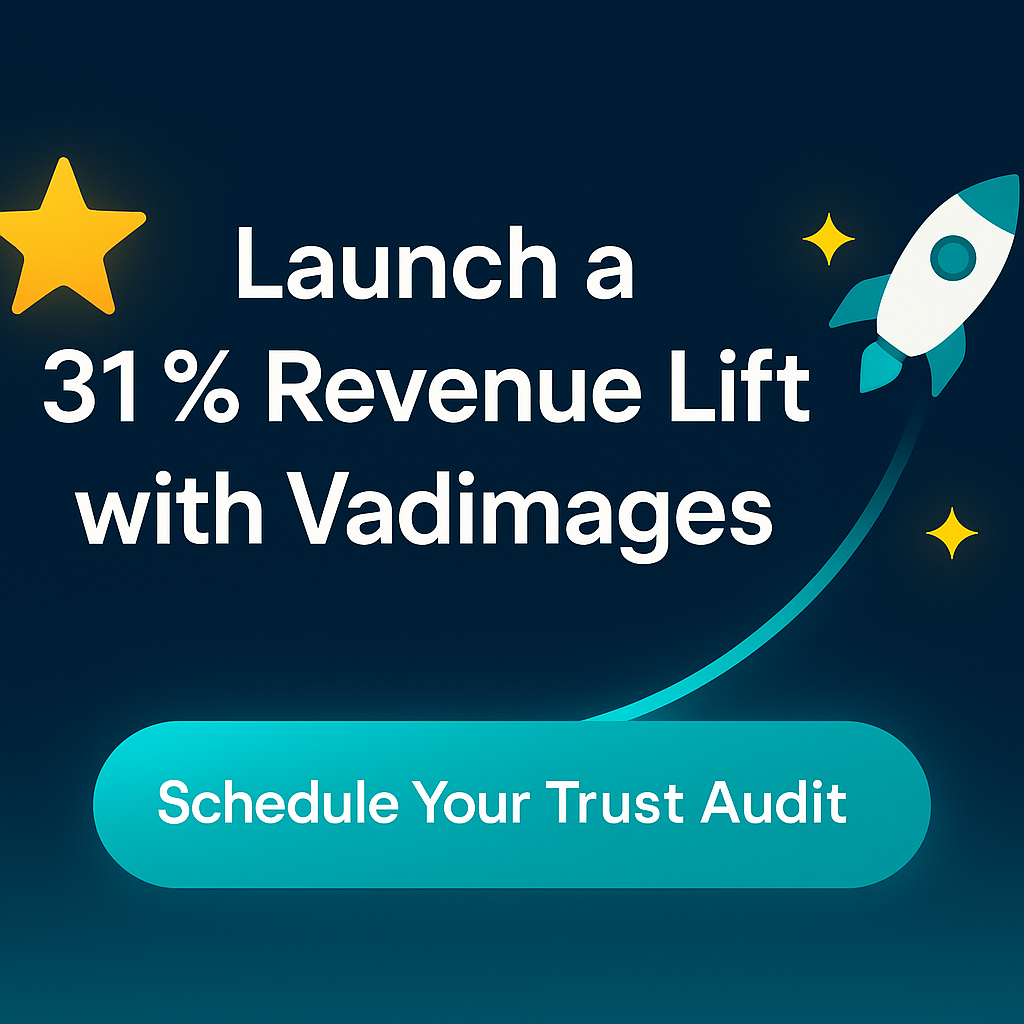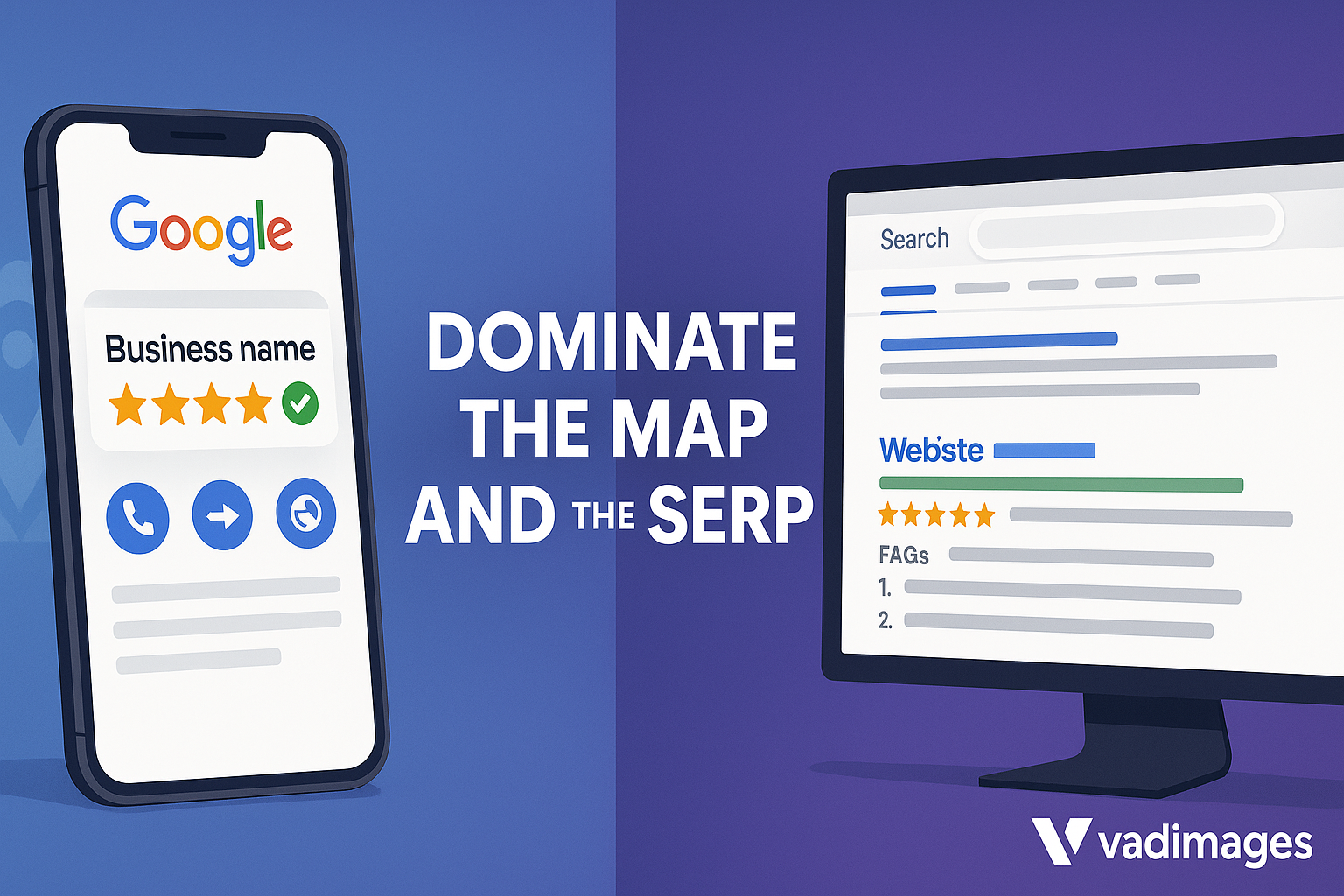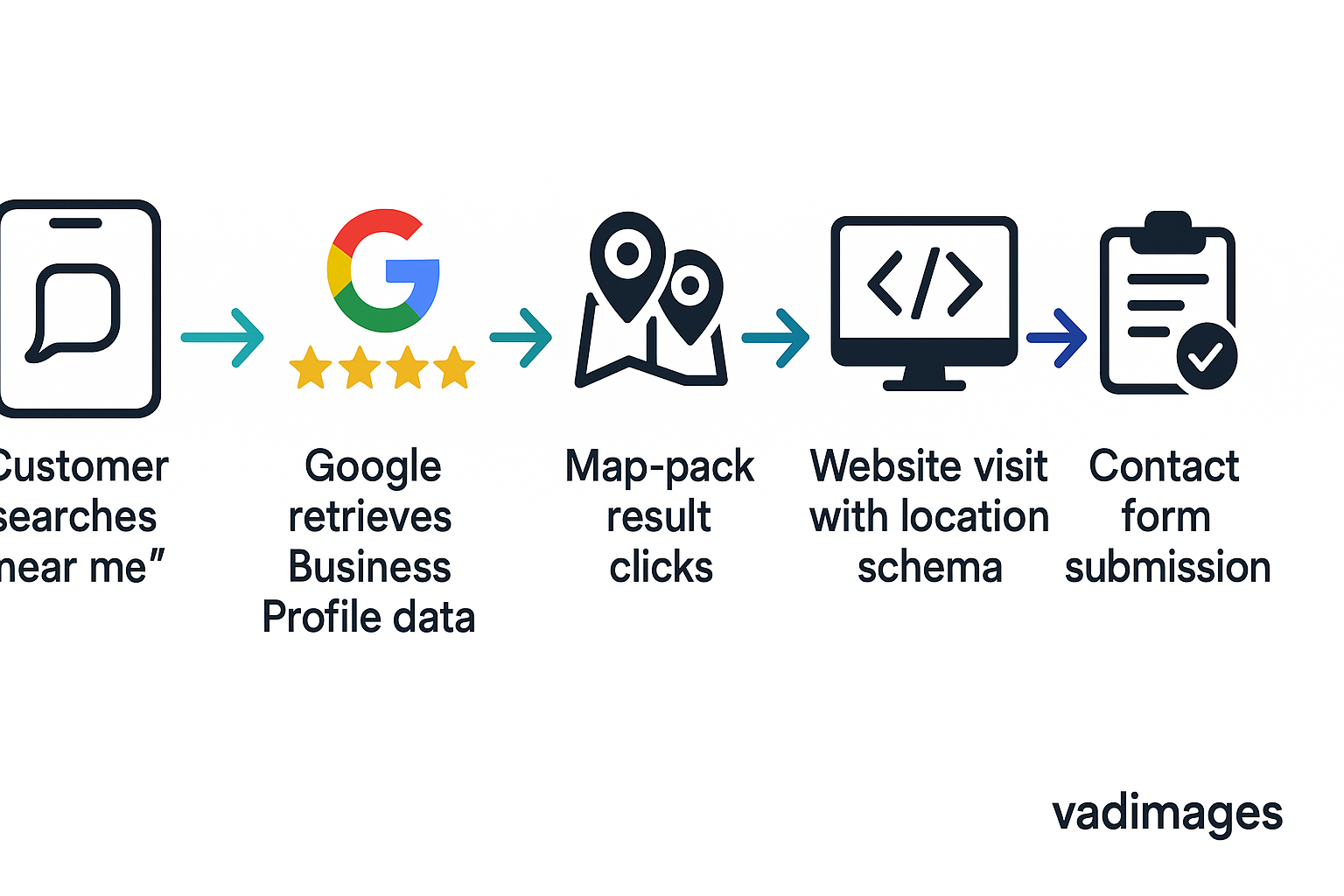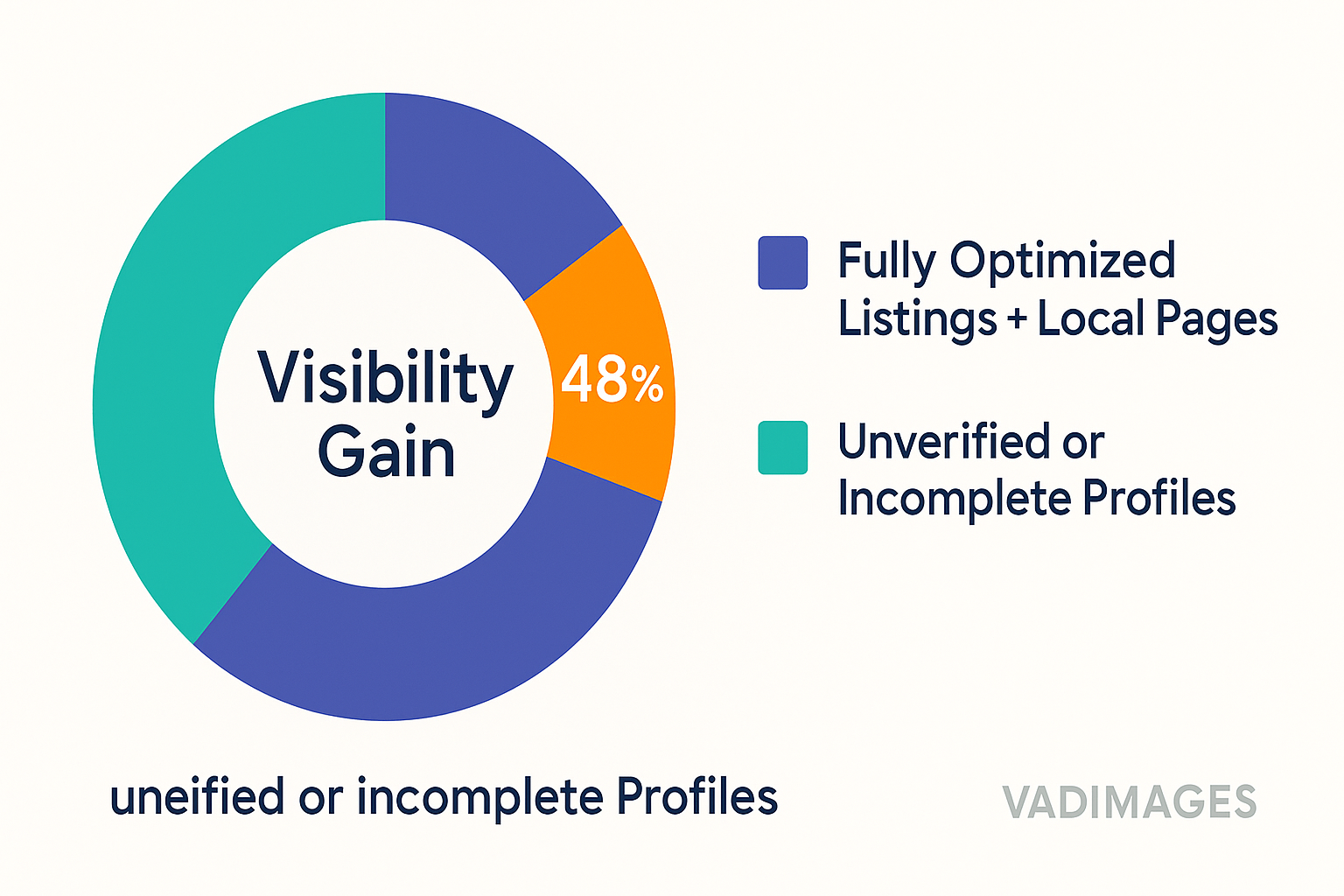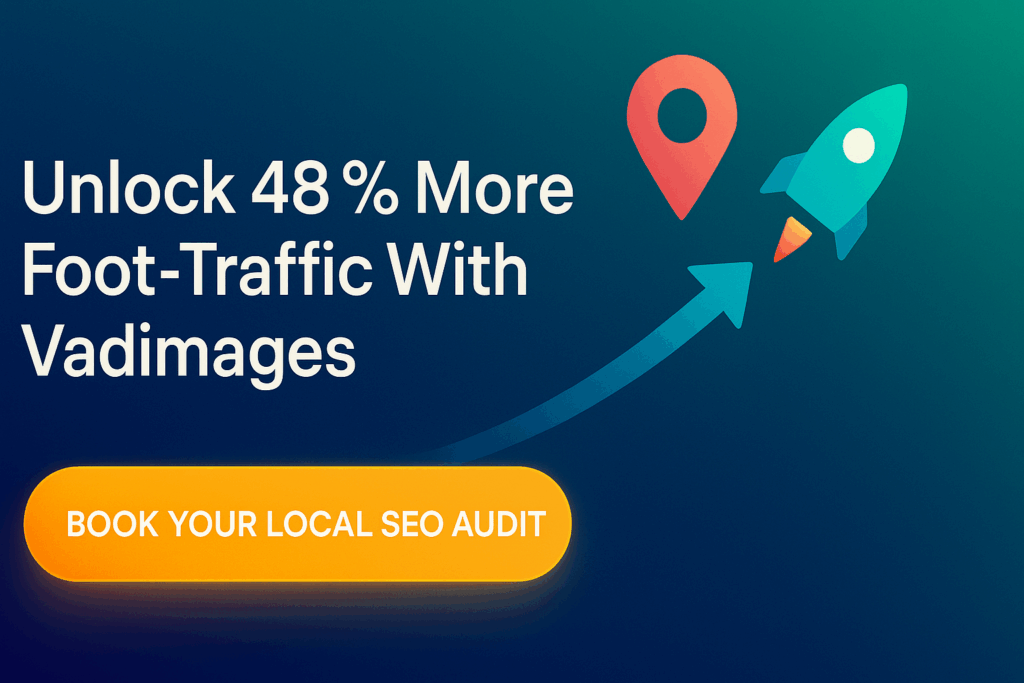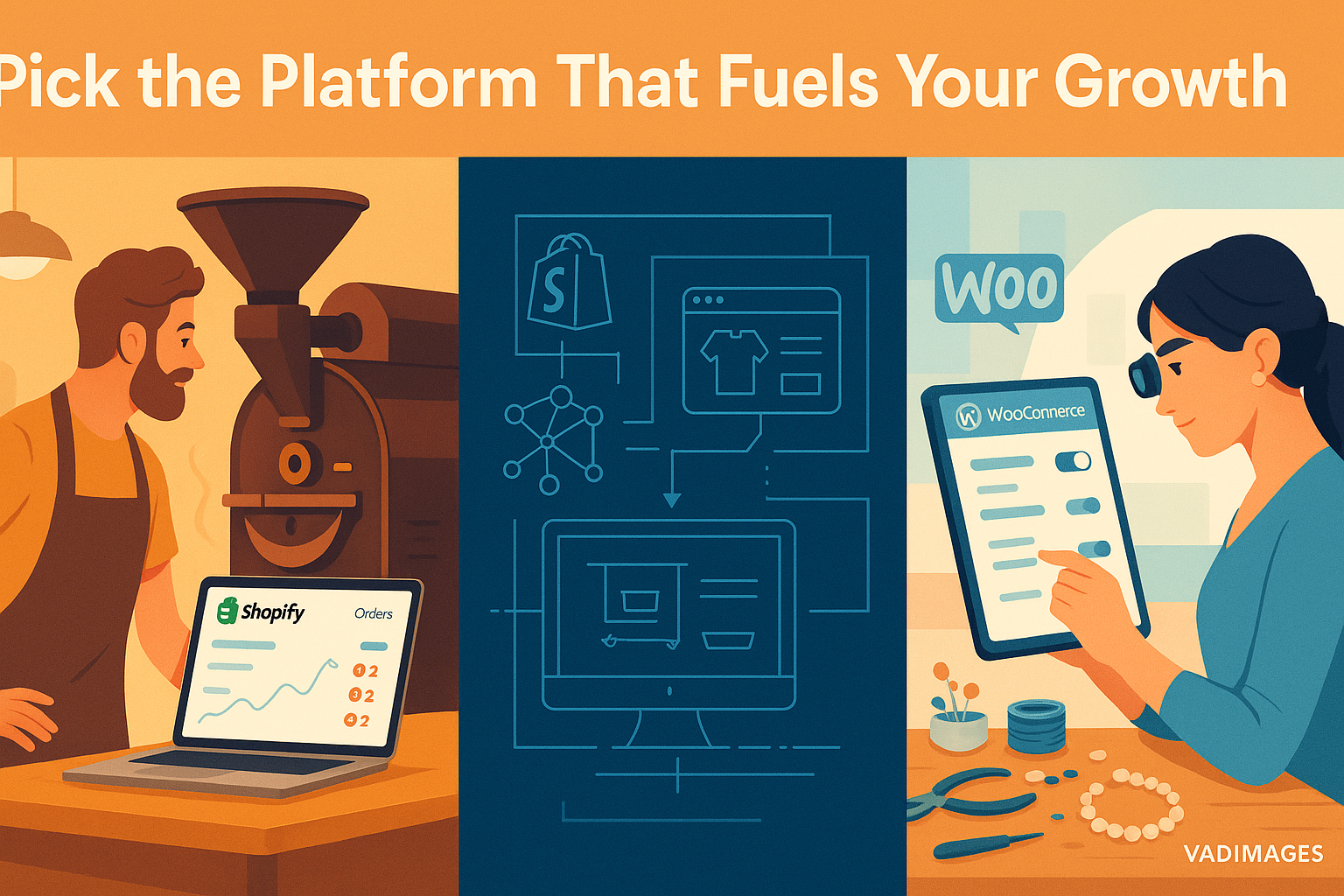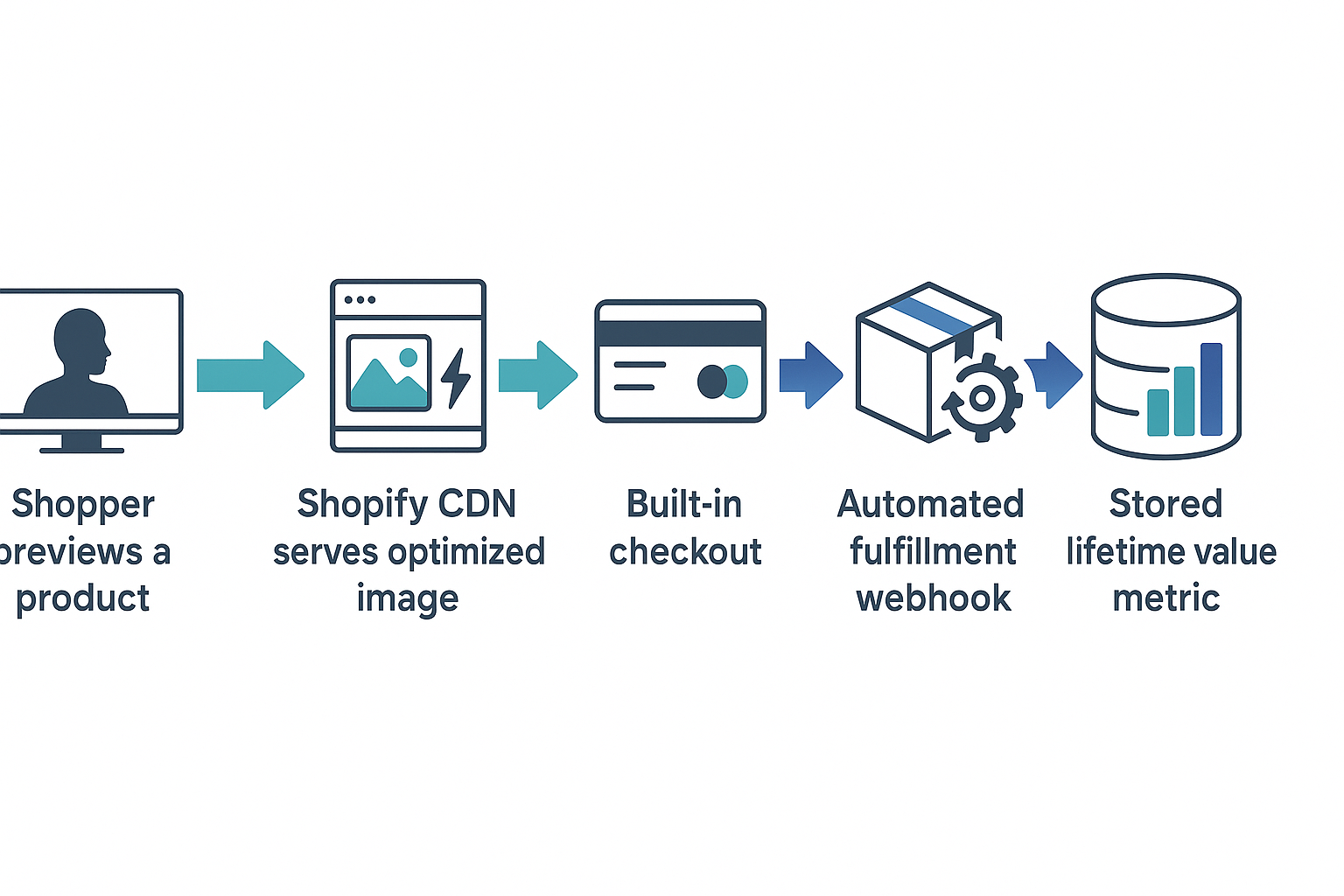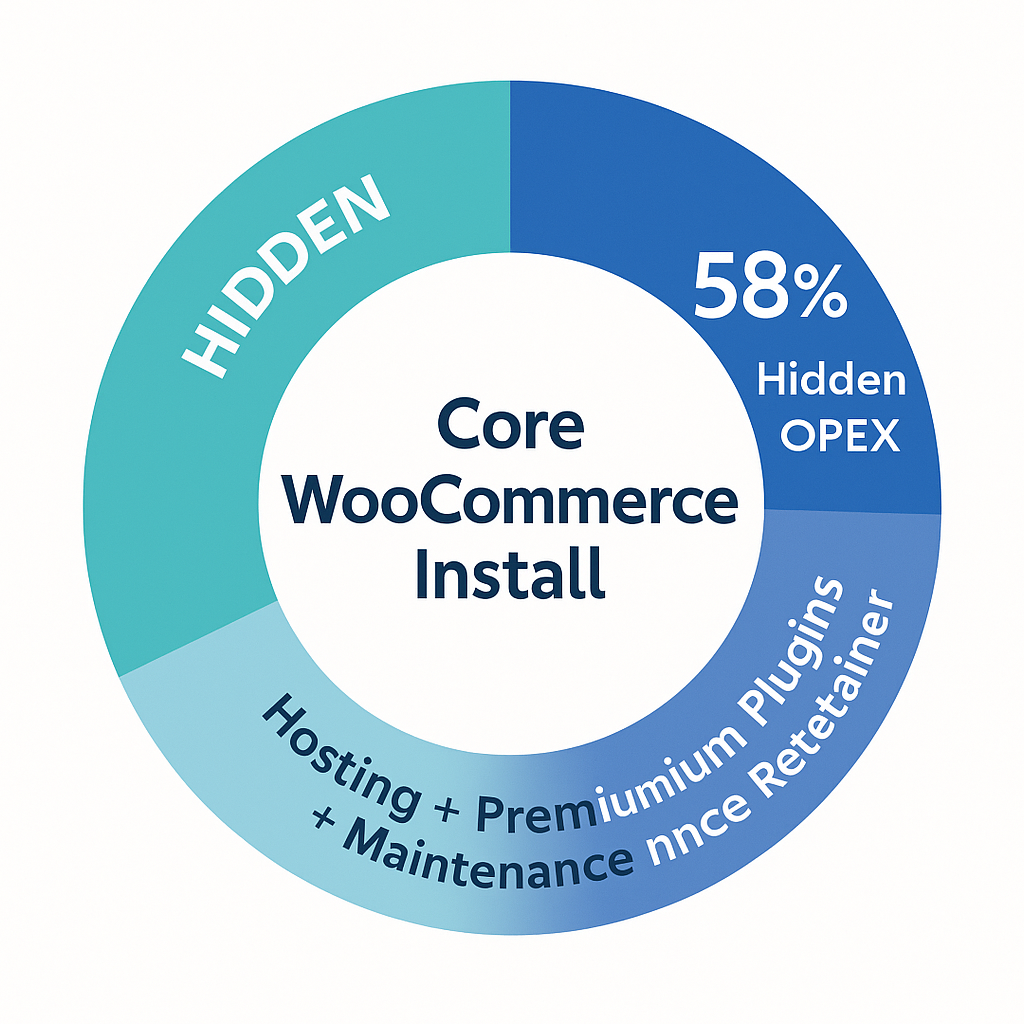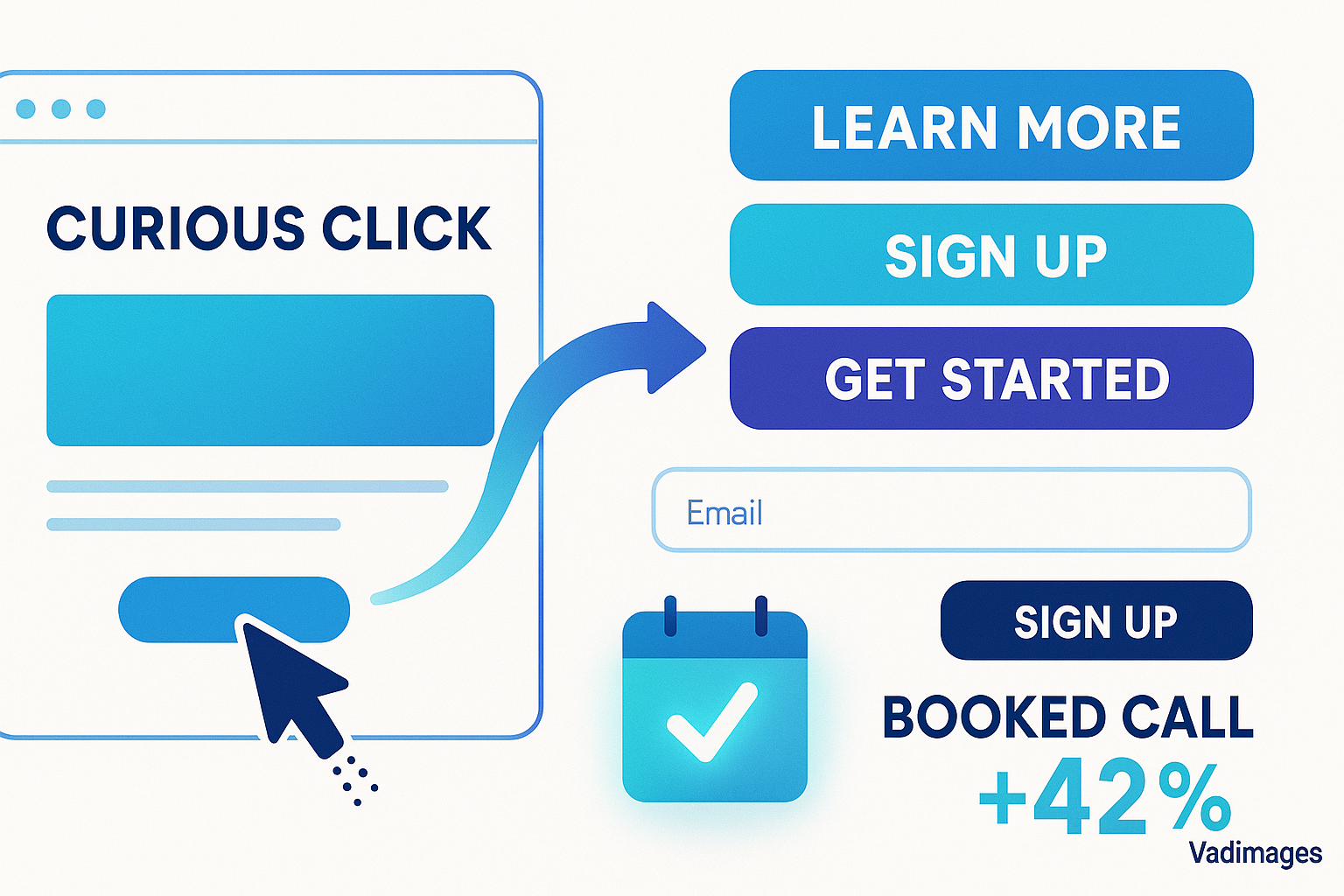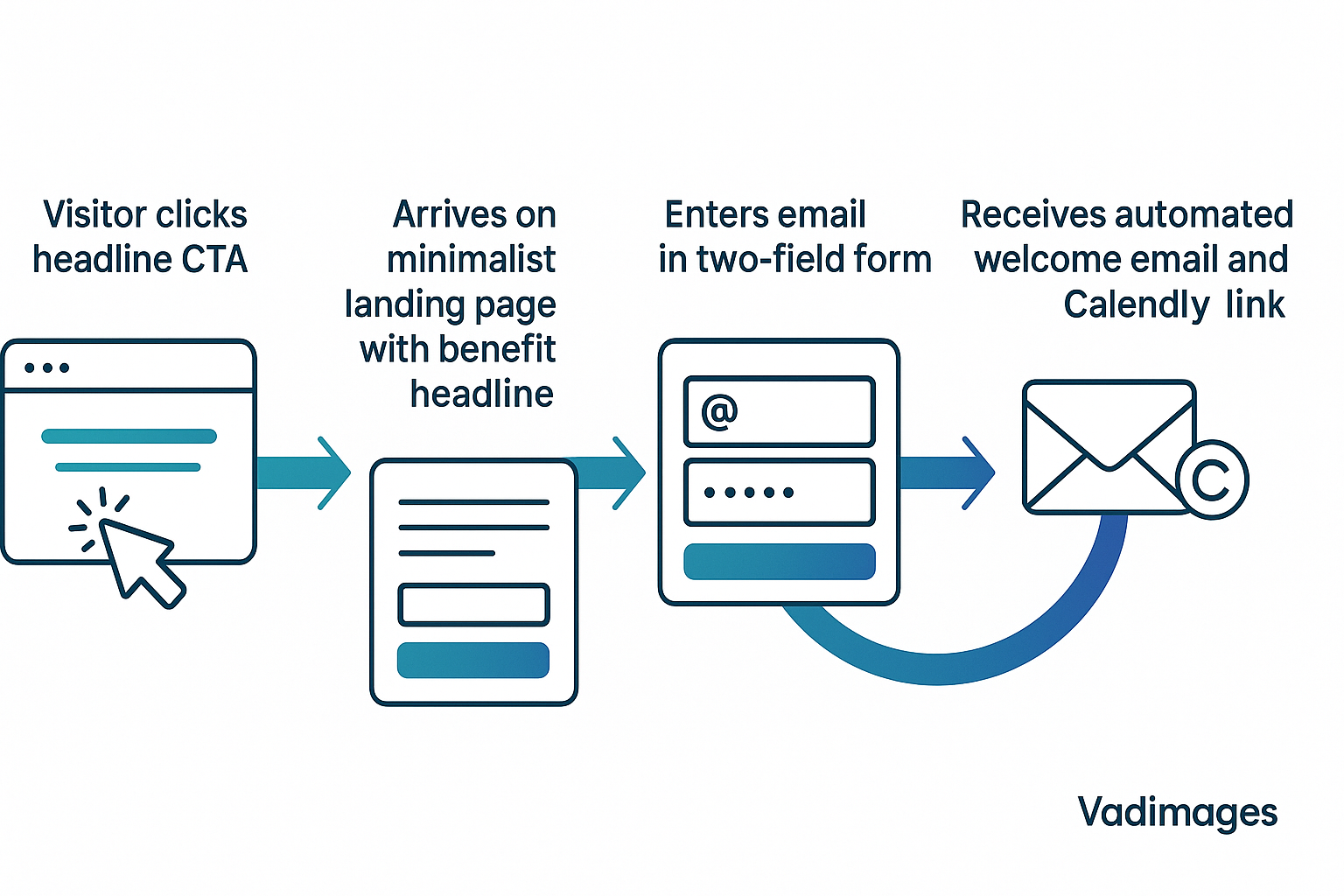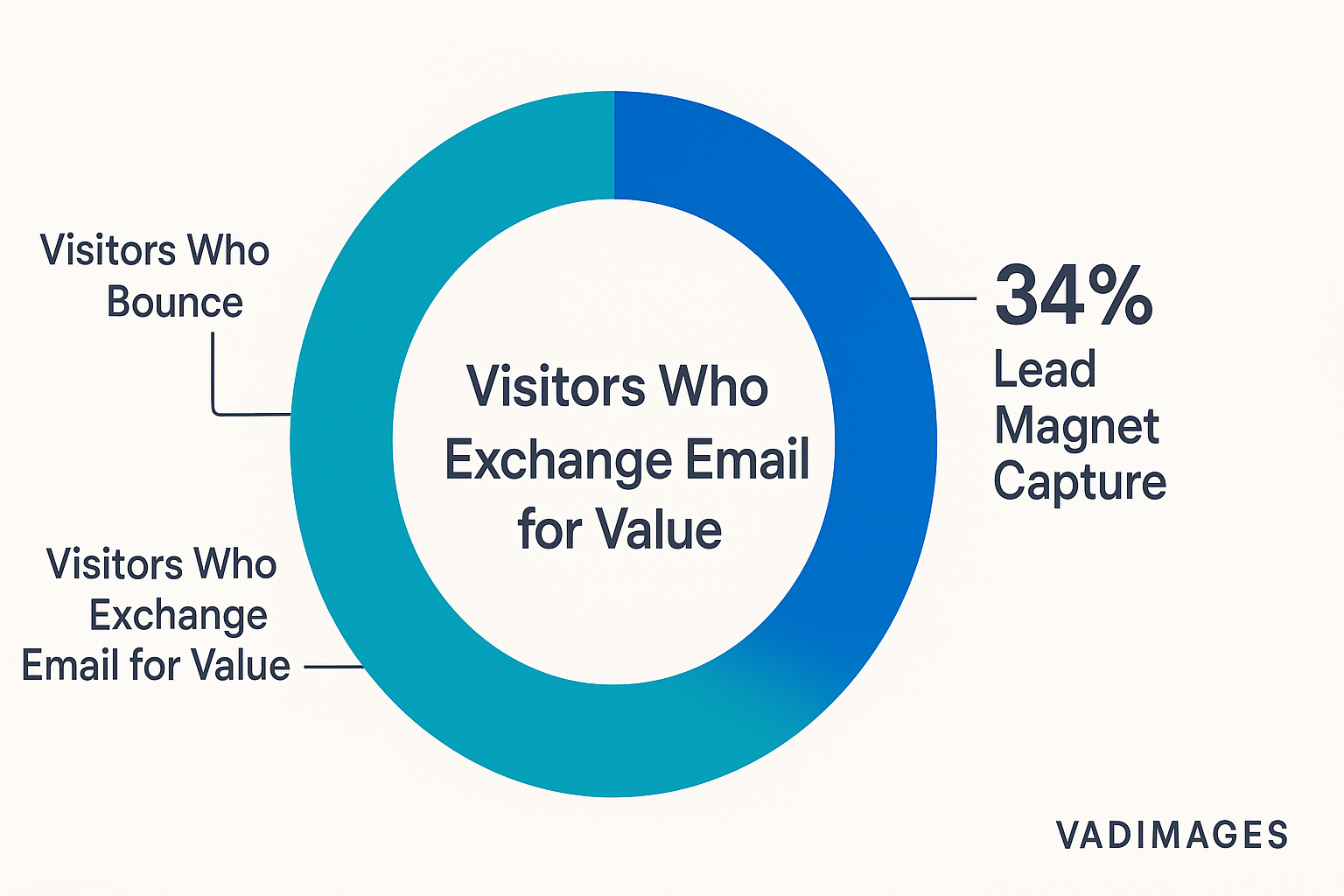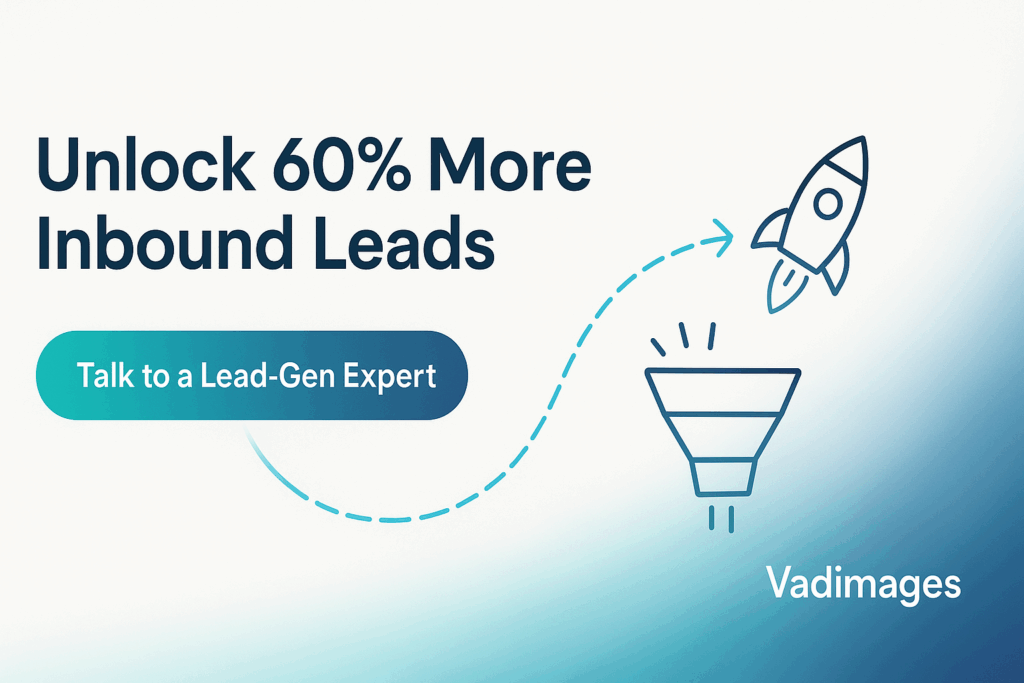The Disconnected Dilemma
Running a brilliant website is no longer enough for a United States small or midsize business that wants steady growth. Prospects glide between Facebook, Instagram, TikTok, LinkedIn, Gmail, and your site within minutes, expecting each touchpoint to recognize who they are and what they saw last. When channels act like islands, momentum dies. A visitor skims a blog article but never sees it again in her feed, a follower double-taps an Instagram reel yet never lands on the service page that would have solved his problem, an email subscriber reads a newsletter but never notices the conversation happening on your latest post. Analysts at Campaign Monitor report that companies with tightly aligned website, social, and email strategies generate a 41 percent higher overall engagement rate compared to those running isolated tactics—proof that disjointed marketing silently taxes revenue you could already be earning.
Building a Unified Content Engine
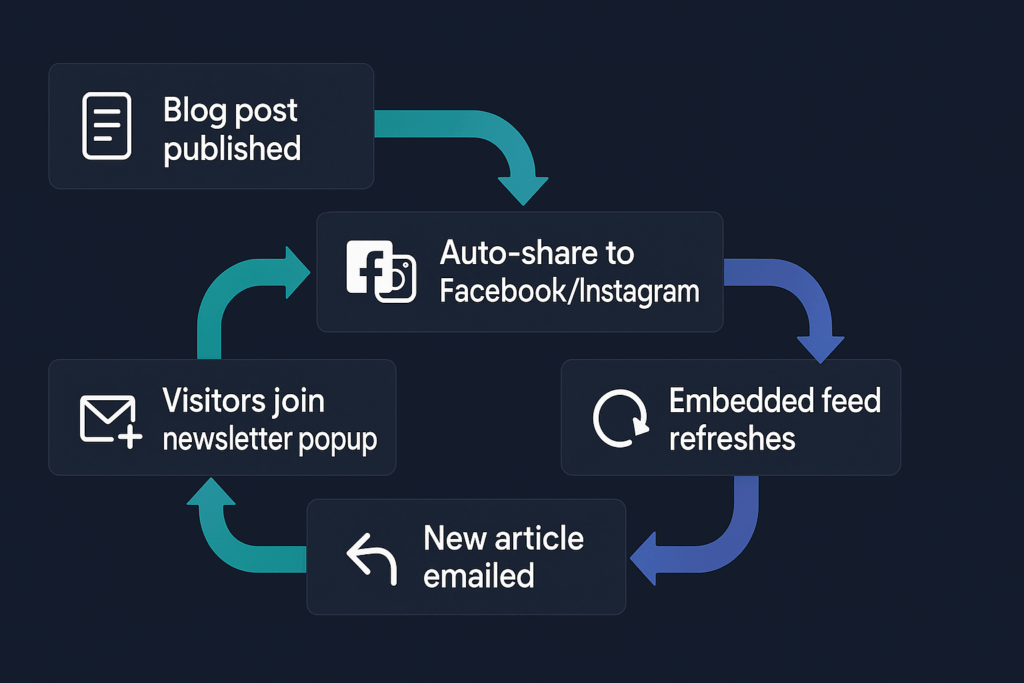
Coherence begins on home turf: your website. Every new article, case study, or product launch should instantly seed fresh material for social captions and newsletter highlights. Modern content management systems make this a two-way street. Embed a live Instagram or LinkedIn feed in the sidebar so site visitors see social proof in real time and can follow with a single tap. Place smart share buttons beside headlines so readers broadcast your story to their own networks without hunting for a link. When you paste the article URL into Facebook or X, Open Graph meta tags authored in the page code deliver an eye-catching preview card that lifts click-throughs far above a naked link. A popup or slide-in form invites readers to subscribe; once addresses flow into your email platform, an automation tags them by topic and queues a welcome series that links straight back to deeper site resources. The result is a perpetual motion machine: publish once, circulate everywhere, recapture attention, repeat.
From Followers to Subscribers—and Back Again
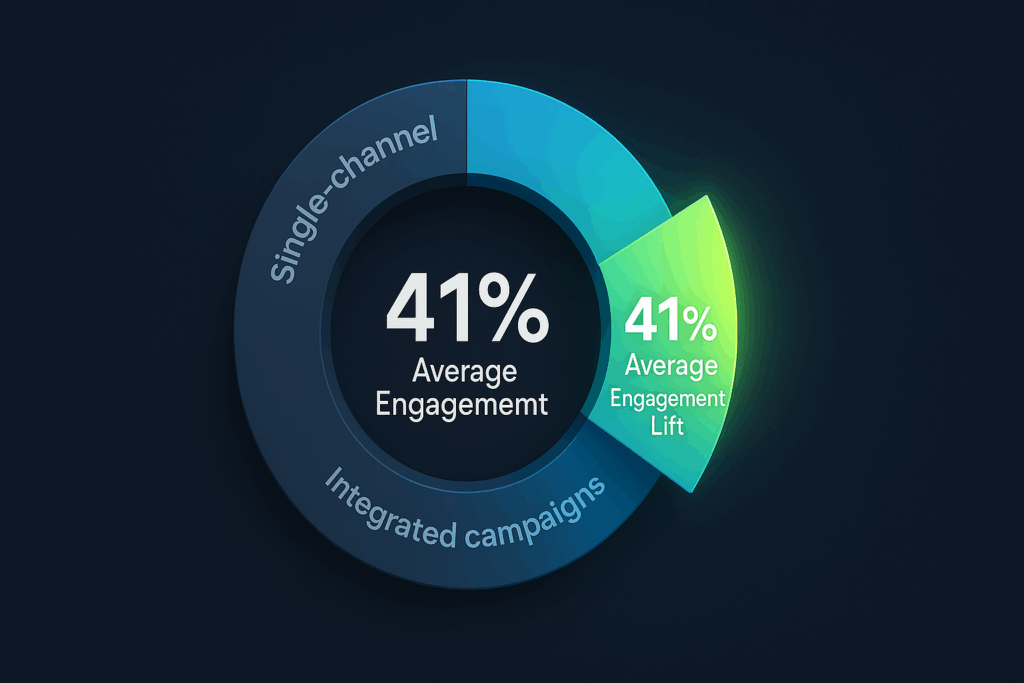
Social channels thrive on snack-size authenticity, email excels at long-form persuasion, and your website anchors the authority of both. Suppose a landscaping company in Austin posts a short TikTok showing a drought-proof garden redesign. The caption carries a link to a photo-rich blog tutorial that lives on the company site. Viewers who click find an inline gallery pulled straight from the firm’s Instagram grid, reinforcing the aesthetic. A sticky banner offers “Get our monthly Texas yard tips,” and new subscribers receive a sequence that revisits last season’s makeover videos, links out to Facebook albums, and ends with a time-limited quote request form. Each channel hands the next channel the baton. By the time someone is ready to hire, they have absorbed brand voice, proof, and value across formats without feeling shepherded. Google Analytics will show traffic sources bouncing between /blog/soil-ph-basics, /services/irrigation, and /quote until the lead form punches through, a pattern that demonstrates synergy instead of siloed spikes.
Why Vadimages Delivers
If stitching together APIs, embed codes, and automation rules feels daunting, that is where Vadimages steps in. Our Florida-based—but nationwide-serving—studio designs custom web solutions that fold social and email seamlessly into the backend, so you can focus on running your business rather than juggling plug-ins. We architect responsive sites that pre-load critical assets, trigger Facebook Pixel and Google Analytics events at the perfect micro-moment, and pass subscriber data to Mailchimp, Klaviyo, or HubSpot without a single copy-and-paste spreadsheet. Our creatives craft on-brand hero infographics and flowcharts like the ones featured above, giving you ready-to-share visuals that spark conversation the minute your post goes live. Clients from Miami coffee roasters to Denver SaaS startups credit our cross-channel build-outs with trimming acquisition costs by up to 28 percent within the first quarter. Schedule your free audit today and let Vadimages transform three separate megaphones into one resonant voice that echoes wherever your customers scroll.
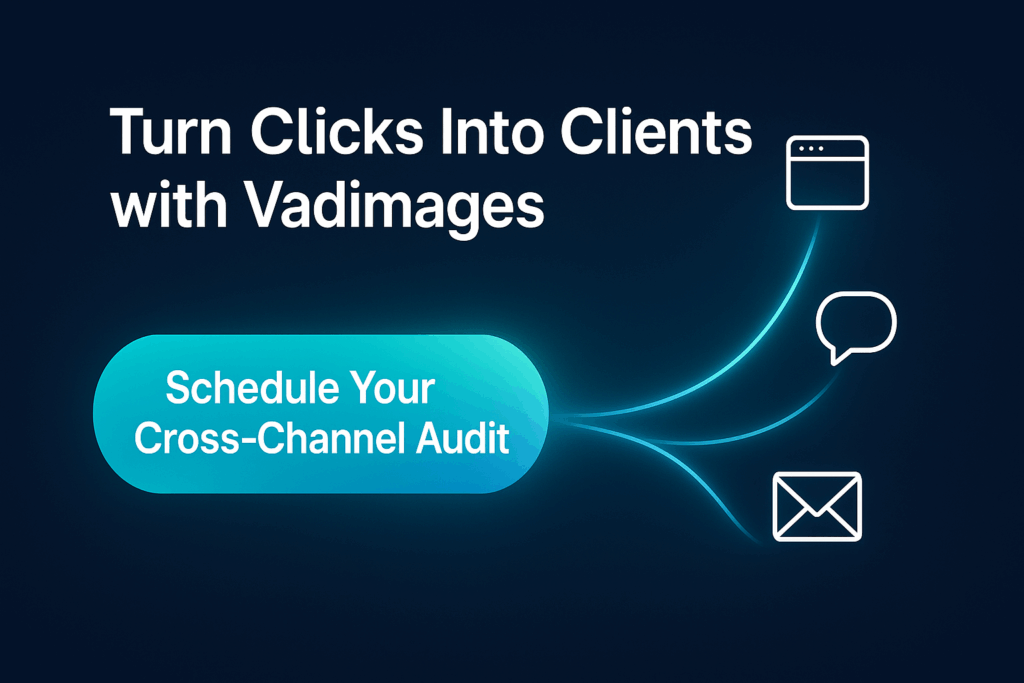
When your website, social presence, and email list start talking to each other, your brand no longer whispers from separate corners; it sings in surround sound. The businesses that master this loop secure more mindshare, stretch every content dollar further, and watch the sales dashboard climb without ramping up ad spend. Vadimages stands ready to tune the instruments and conduct the performance. Let’s make your next visitor a lifelong advocate.
